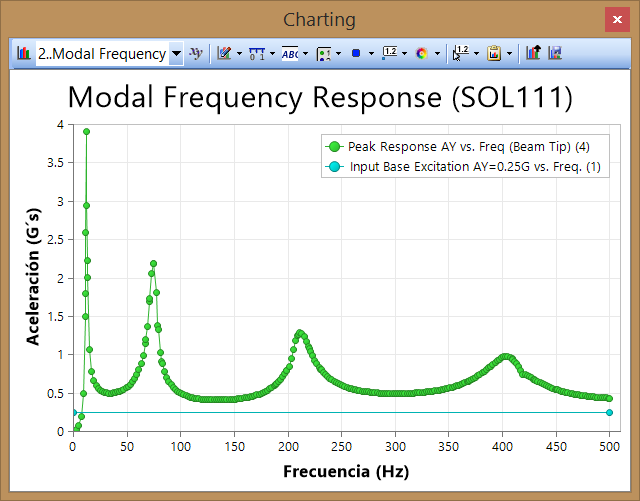healingfire
Mechanical
I am doing some FEA analysis on an assembly in NX.
I just have a few questions which I thought you might have the answers to. I performed a linear natural frequency FEA analysis on the assembly structure with the relevant constraints. I also performed a physical sine sweep using a shaker to obtain the natural frequencies. In the Physical sine sweep, I had to decide on which direction I want the shaker to vibrate and mount the accelerometers accordingly however for the FEA analysis i dont have to indicate the shake axis in the software.
Can you tell me what are the differences in the two natural frequencies obtained (one by FEA analysis, the other by physical sine sweep) and can they be compared since in the physical sine sweep the shaker is only vibrating in one direction.
Regards,
Harsh.
I just have a few questions which I thought you might have the answers to. I performed a linear natural frequency FEA analysis on the assembly structure with the relevant constraints. I also performed a physical sine sweep using a shaker to obtain the natural frequencies. In the Physical sine sweep, I had to decide on which direction I want the shaker to vibrate and mount the accelerometers accordingly however for the FEA analysis i dont have to indicate the shake axis in the software.
Can you tell me what are the differences in the two natural frequencies obtained (one by FEA analysis, the other by physical sine sweep) and can they be compared since in the physical sine sweep the shaker is only vibrating in one direction.
Regards,
Harsh.

